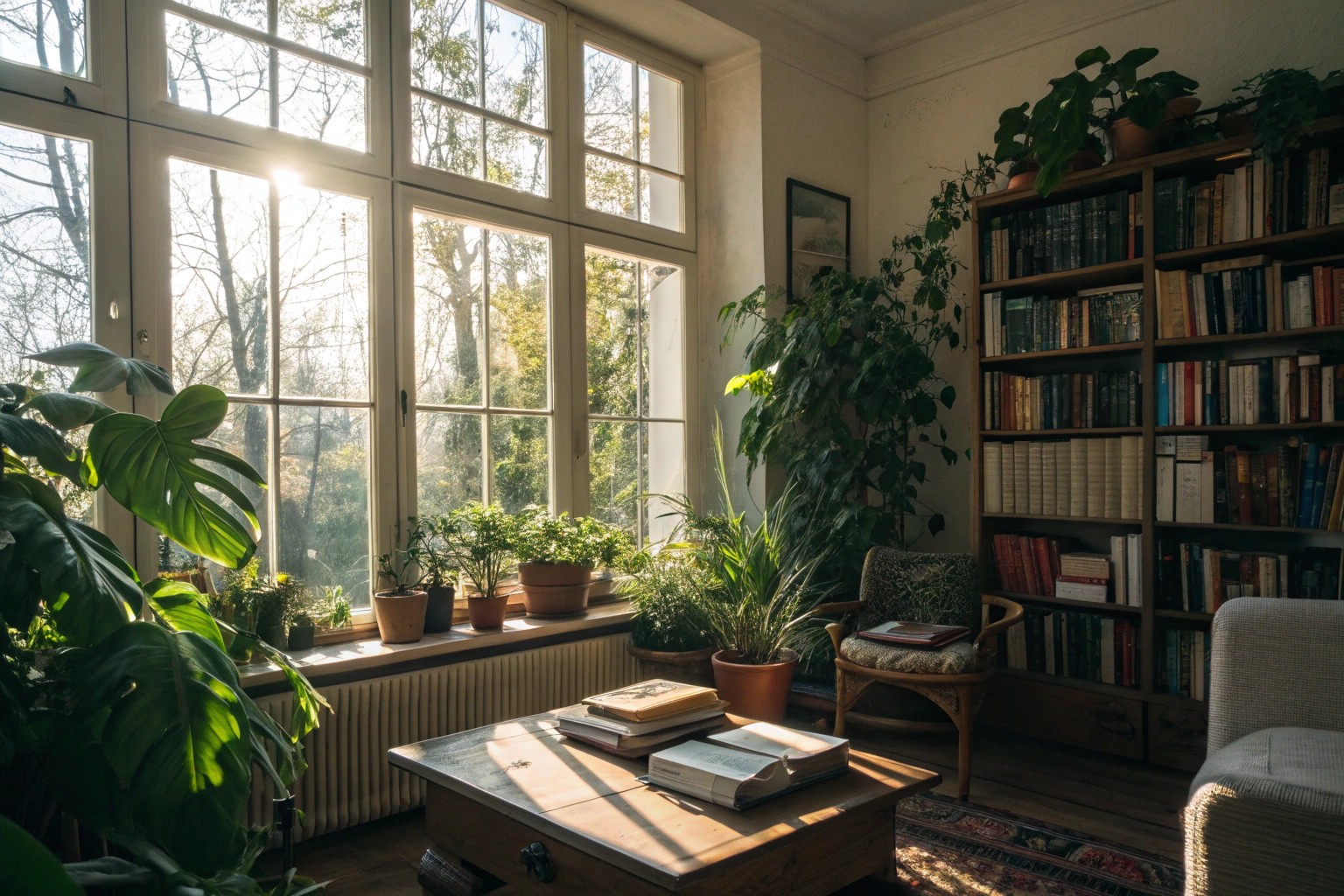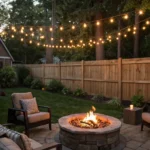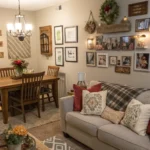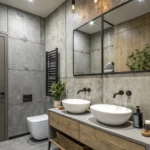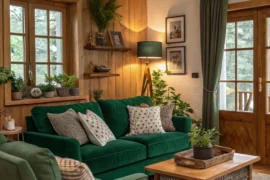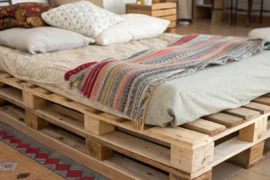Our earliest spatial memories form the blueprint for how we experience comfort, security, and beauty throughout our lives. Understanding this connection between childhood environments and adult design preferences unlocks the key to creating truly meaningful, personally resonant interiors.
The spaces where we grew up don’t just provide shelter—they become the unconscious template for what “home” means to us. As an interior designer who has worked with hundreds of clients over the years, I’ve witnessed countless moments when someone realizes their current decorating choices stem directly from a childhood bedroom wallpaper, their grandmother’s kitchen, or even a reaction against the chaos they experienced growing up. This deep psychological connection between our formative environments and adult aesthetic preferences offers a powerful tool for creating spaces that truly nurture our well-being.
The Psychological Foundation of Spatial Memory
How Childhood Spaces Imprint on Our Psyche
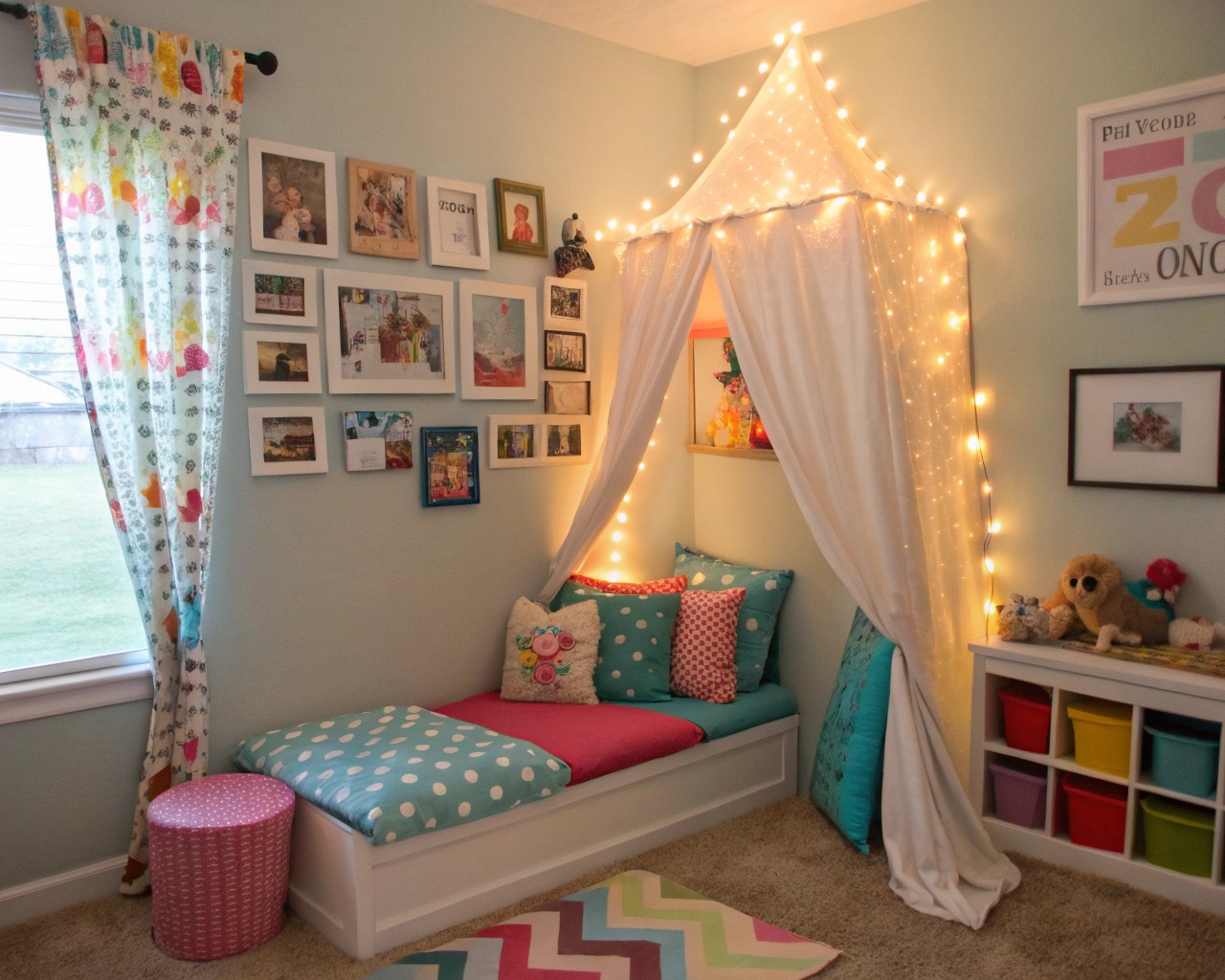
The relationship between our inner and outer worlds begins forming in earliest childhood, when our developing brains absorb every detail of our surroundings. These early spatial experiences become embedded in what psychologists call our “first world”—the foundational template that shapes how we perceive and interact with physical environments for the rest of our lives.
Children’s spatial perception develops rapidly during their formative years, with memory, attention, imagination, and curiosity changing dramatically as they explore their environments. Young children are particularly sensitive to sound, color, direction, and shape, making the sensory qualities of their childhood homes especially influential. The companionship of space objects and adult presence in safe environments slowly influences children’s physical and psychological development, creating lasting associations between specific design elements and feelings of security or anxiety.
Research shows that childhood homes trigger profound emotional responses because they serve as the sites where we first dream, imagine, and play. These spaces become repositories of our unconscious memories, housing feelings and associations that continue to influence our preferences decades later.
The Science Behind Nostalgic Design Preferences
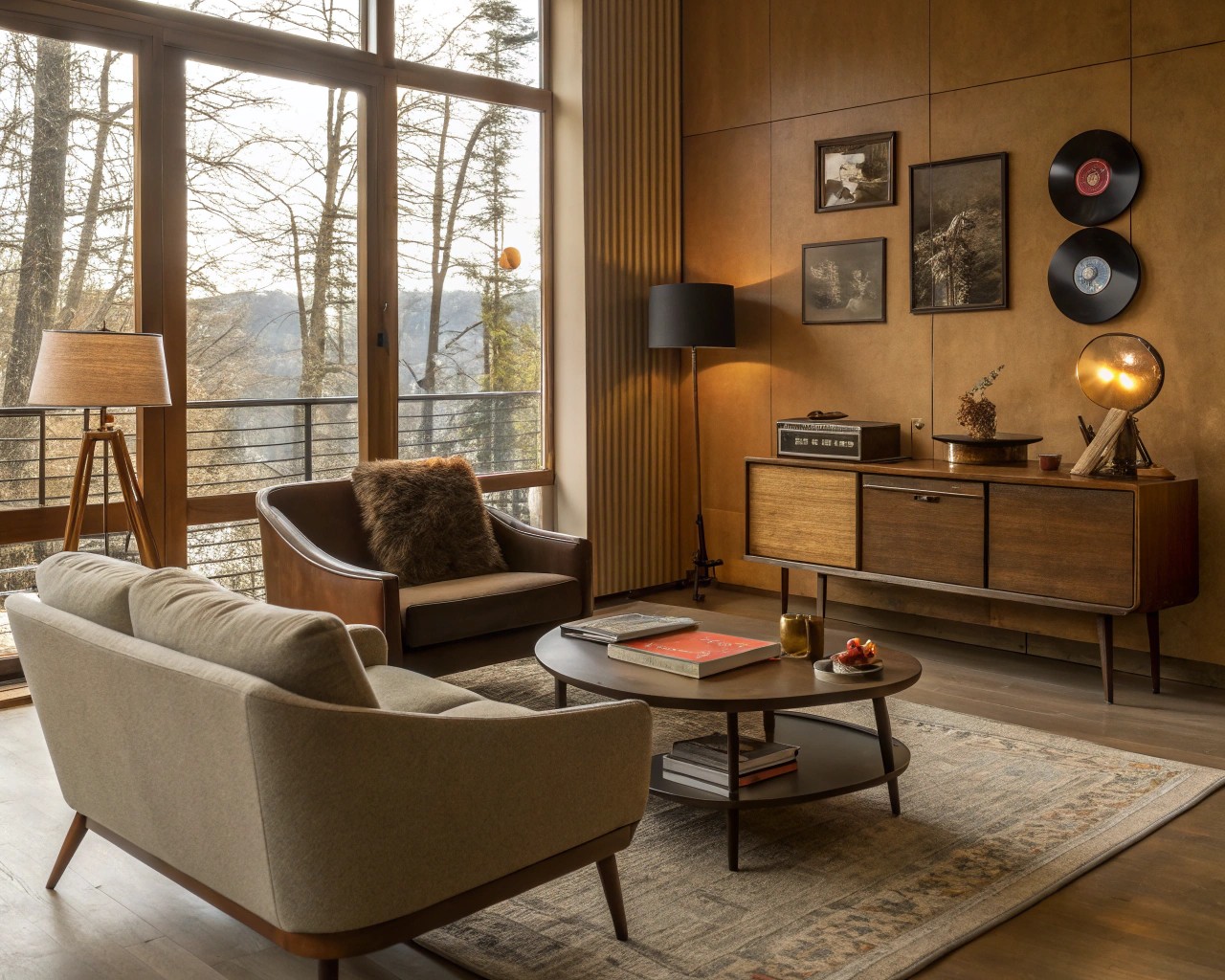
Nostalgia operates as a complex memory-based emotion that significantly impacts our design choices and consumption preferences. When we encounter familiar design elements from our past, our brains activate neural pathways associated with those early experiences, potentially triggering feelings of comfort, security, or even anxiety depending on the nature of our childhood memories.
This psychological phenomenon explains why certain color palettes, textures, or spatial arrangements can instantly transport us back to specific moments in our childhood. The power of these associations often operates below our conscious awareness, silently guiding our decorating decisions and spatial preferences.
Key factors that influence nostalgic design responses:
- Sensory memory triggers: Specific textures, scents, or visual patterns
- Emotional associations: Positive or negative feelings attached to childhood spaces
- Security patterns: Spatial arrangements that provided comfort or safety
- Cultural influences: Family traditions and aesthetic preferences passed down through generations
Identifying Your Childhood Design Influences
Mapping Your Formative Spatial Experiences
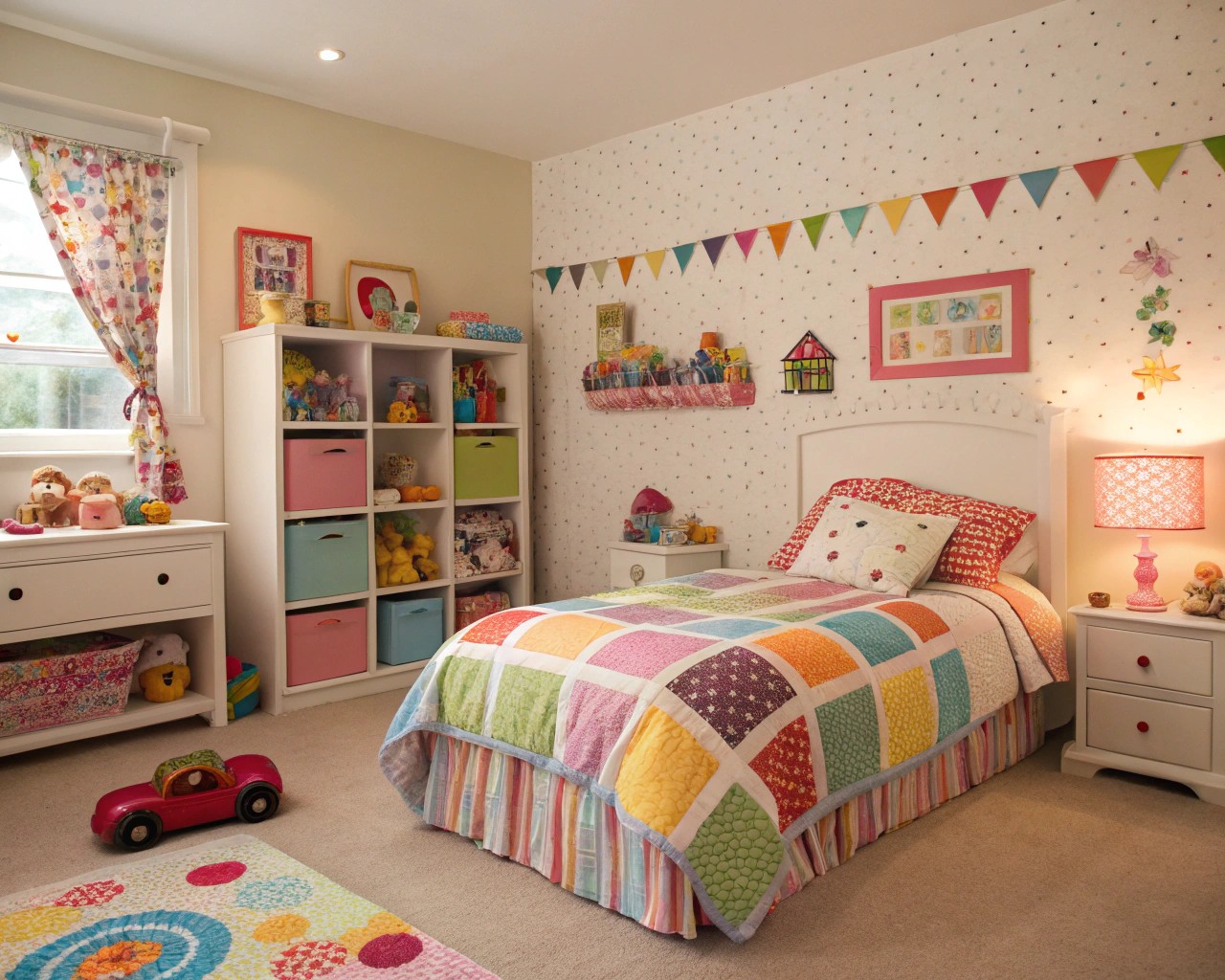
To understand how your childhood home influences your current style preferences, begin by systematically examining your earliest spatial memories. This process requires honest reflection about both positive and challenging aspects of your childhood environment.
Exercise 1: Childhood Home Inventory
Create a room-by-room analysis of your childhood spaces:
| Room | Colors | Textures | Furniture Style | Emotional Associations |
|---|---|---|---|---|
| Bedroom | ||||
| Kitchen | ||||
| Living Room | ||||
| Bathroom | ||||
| Outdoor Spaces |
Exercise 2: Emotional Mapping
For each space, identify:
- Moments of safety and comfort
- Areas of stress or anxiety
- Favorite hiding spots or play areas
- Sensory details you remember most vividly
Recognizing Patterns in Your Current Preferences
Once you’ve mapped your childhood spatial experiences, examine your current home for connections. Many people discover they either recreate elements that made them feel secure or deliberately choose opposite aesthetics as a reaction against negative childhood associations.
Common inheritance patterns include:
- Color preferences: Gravitating toward or avoiding specific hues from childhood
- Texture choices: Seeking familiar tactile experiences or rejecting them
- Spatial arrangements: Recreating cozy nooks or insisting on open floor plans
- Lighting preferences: Favoring bright, airy spaces or intimate, dimly lit environments
- Clutter tolerance: Organizing meticulously or embracing comfortable disorder
One client I worked with initially insisted she wanted a completely minimalist aesthetic until we explored her childhood home—a warm, book-filled Victorian house where she felt deeply secure. Once she understood this connection, she was able to incorporate meaningful collections and rich textures while maintaining the clean lines she admired in contemporary design.
Transforming Challenging Childhood Associations
Healing Through Intentional Design
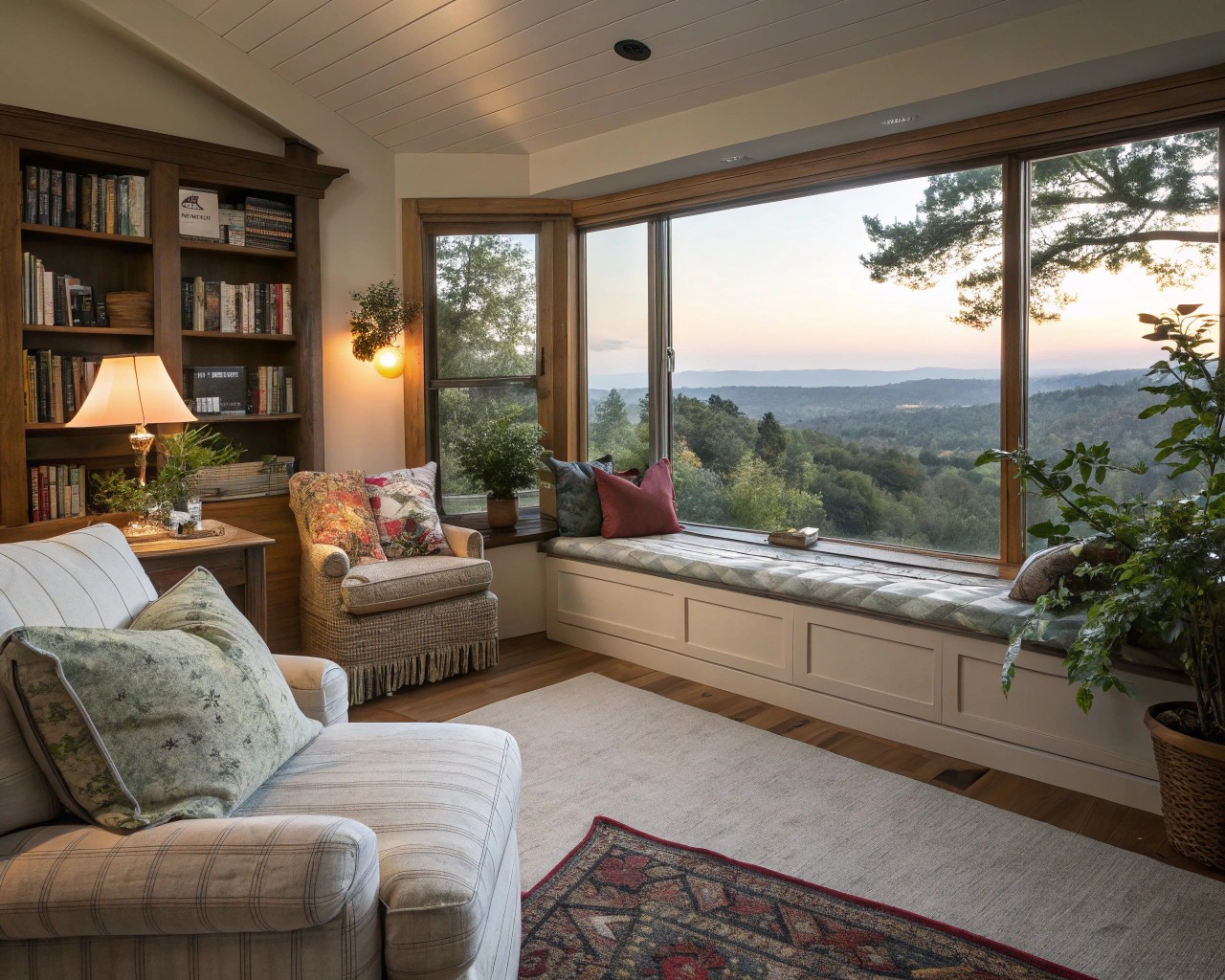
Not everyone carries positive associations with their childhood spaces. For those who experienced trauma, chaos, or emotional neglect, childhood home memories may trigger anxiety rather than comfort. However, understanding these negative associations provides an opportunity for healing through intentional design choices.
Case Study: Overcoming Childhood Trauma Through Design
Consider Jane, whose home filled with childlike objects reflected her unconscious retreat to the last time she felt truly safe—at age five, before experiencing abuse. Her healing journey involved gradually replacing transitional objects like stuffed animals and fairy decorations with age-appropriate comfort elements: cozy couches, soft throws, and an English cottage aesthetic that maintained warmth while supporting her adult identity.
Strategies for addressing negative childhood associations:
- Identify trigger elements: Recognize specific colors, textures, or arrangements that cause discomfort
- Create new positive associations: Gradually introduce similar elements in safe, controlled ways
- Establish adult comfort zones: Design spaces that reflect your current identity and values
- Seek professional support: Consider working with both a therapist and design professional for complex trauma responses
Reframing Spatial Narratives
The goal isn’t to completely erase childhood influences but to consciously choose which elements serve your current well-being. This process involves creating new spatial narratives that honor your growth while acknowledging your history.
Practical reframing techniques:
- Color therapy: If certain colors trigger negative memories, explore similar hues in different contexts
- Texture gradients: Slowly introduce textures that feel nurturing rather than overwhelming
- Scale adjustments: Create appropriately-sized spaces that feel secure without feeling childish
- Lighting design: Use warm, adjustable lighting to create comfort without triggering claustrophobic associations
Design Strategies for Different Childhood Experiences
For Those with Stable, Nurturing Childhoods
If your childhood home provided consistent comfort and security, you likely have a rich palette of positive associations to draw from. The challenge lies in translating those childhood comforts into sophisticated adult spaces without creating environments that feel juvenile or overly nostalgic.
Practical translation strategies:
- Elevate familiar colors: Take beloved childhood hues and use them in more sophisticated applications
- Mature proportions: Recreate cozy spaces using adult-scaled furniture and accessories
- Quality materials: Invest in high-end versions of comforting textures from childhood
- Balanced nostalgia: Incorporate meaningful objects alongside contemporary design elements
Example transformation:
If you loved the soft pink walls of your childhood bedroom, consider blush-toned natural plaster walls paired with sophisticated brass fixtures and linen textiles rather than literal recreation of little-girl pink.
For Those with Chaotic or Unstable Childhoods
People who experienced frequent moves, family instability, or chaotic environments often develop strong preferences for either extreme organization or comfortable disorder. Understanding your particular coping mechanisms helps create supportive adult environments.
For those seeking order and control:
- Storage solutions: Invest in beautiful, concealed storage systems
- Color coordination: Create calming, harmonious color schemes
- Clear sight lines: Design open floor plans that provide visual control over space
- Quality lighting: Ensure adequate, adjustable lighting throughout your home
For those embracing comfortable imperfection:
- Layered textures: Create richness through varied fabrics and materials
- Collected aesthetics: Display meaningful objects and collections
- Flexible arrangements: Choose furniture that can be easily rearranged
- Natural elements: Incorporate plants and organic shapes for softening effects
For Those with Minimal Childhood Stability
If your childhood lacked a consistent “home base,” you might struggle with creating settling, nurturing environments. This background often creates adults who either become excellent at creating cozy spaces (compensating for what was missing) or who resist putting down decorative roots (fearing impermanence).
Building your first true “home”:
- Start small: Focus on creating one perfect, comfortable corner before tackling entire rooms
- Invest in comfort: Prioritize genuinely comfortable seating and quality textiles
- Create routines: Establish spatial rituals that reinforce your sense of belonging
- Document progress: Keep photos of your space evolution to reinforce your growing sense of home
- Seek guidance: Consider working with a designer who understands the emotional aspects of home creation
Room-by-Room Applications
Bedrooms: Creating Adult Sanctuaries
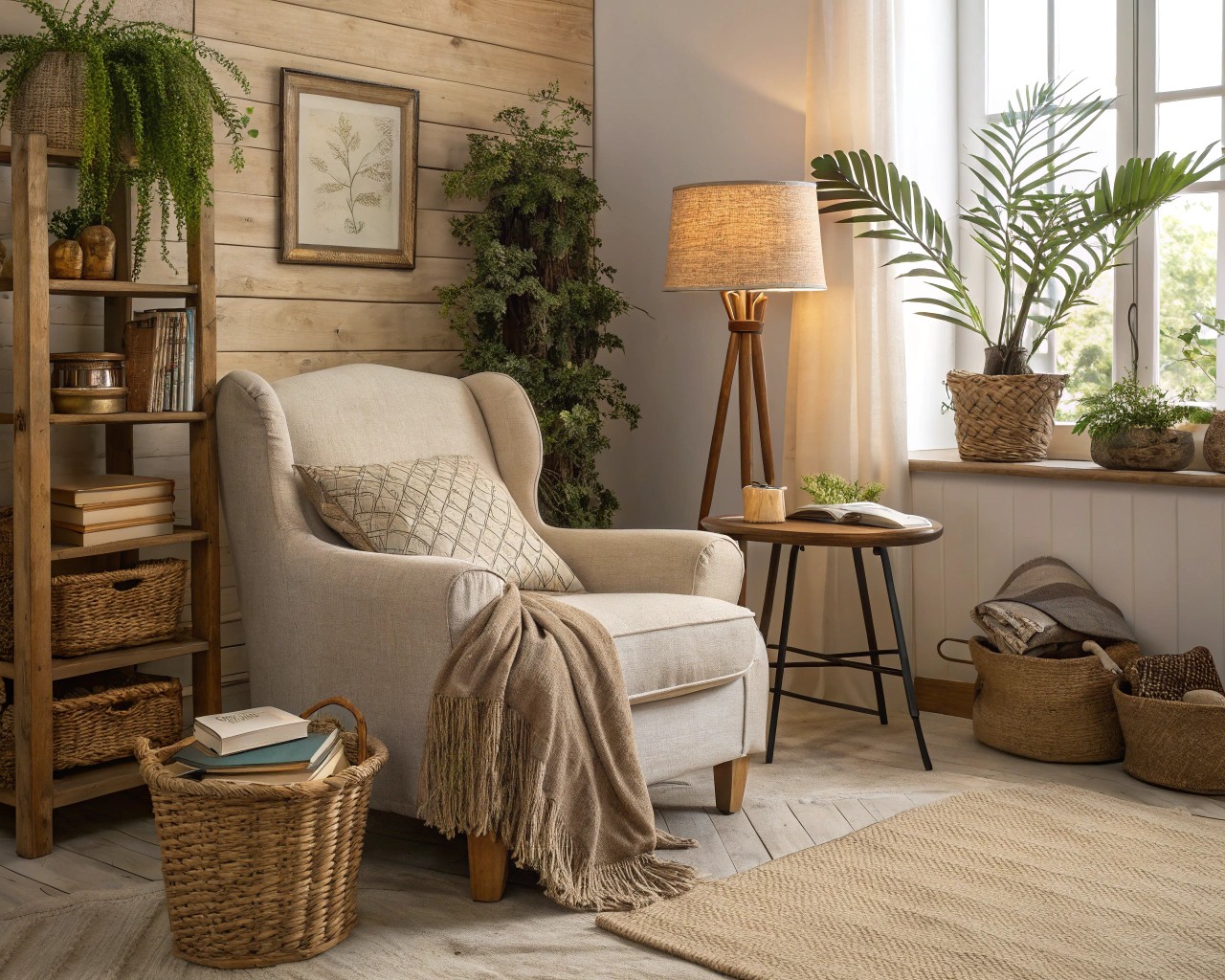
The bedroom holds special significance as our most private, vulnerable space. Childhood bedroom memories often carry the strongest emotional charge, whether positive or negative.
Design principles for healing bedroom spaces:
- Lighting layers: Combine ambient, task, and accent lighting for complete control over atmosphere
- Textile luxury: Invest in high-quality bedding and window treatments for sensory comfort
- Personal collections: Display meaningful objects that reflect your adult identity
- Color psychology: Choose hues that promote rest while honoring positive childhood associations
Sample bedroom transformation:
Transform childhood comfort into adult sophistication by using memory foam mattresses with luxury organic cotton bedding, replacing childhood character themes with sophisticated botanical prints, and incorporating reading nooks with proper task lighting.
Kitchens: The Heart of Home
Kitchens often carry the strongest family associations, representing nourishment, gathering, and daily rituals. These spaces require careful balance between functionality and emotional resonance.
Key design considerations:
- Work triangle efficiency: Ensure practical cooking workflows regardless of aesthetic choices
- Gathering spaces: Create areas for both intimate conversations and larger social gatherings
- Storage systems: Design organization that supports your cooking style and entertaining habits
- Material choices: Select surfaces that balance beauty with practical maintenance requirements
Nostalgic elements to consider:
- Vintage appliances: Modern appliances with retro styling for function plus nostalgia
- Family recipes: Display cookbook collections or handwritten recipe cards
- Herb gardens: Window herb gardens connecting to childhood memories of homegrown ingredients
- Casual seating: Breakfast nooks or kitchen islands for informal family gathering
Living Spaces: Balancing Comfort and Style
Living rooms must serve multiple functions while creating an atmosphere that welcomes both family intimacy and social entertaining. Childhood memories of family gatherings, holiday celebrations, and everyday relaxation inform our adult preferences for these spaces.
Design strategies for multi-functional living spaces:
- Furniture arrangement: Create conversation areas that encourage connection while maintaining traffic flow
- Lighting design: Layer different types of lighting to support various activities and moods
- Storage integration: Incorporate beautiful storage solutions for maintaining order without sacrificing style
- Personal expression: Display art, books, and collections that reflect your interests and history
Comfort elements rooted in childhood:
- Soft furnishings: Throws, pillows, and rugs that invite physical comfort
- Reading corners: Dedicated spaces for quiet activities that mirror childhood retreats
- Entertainment systems: Thoughtfully integrated technology for family movie nights or music
- Natural elements: Plants, natural materials, or views that connect to outdoor childhood memories
Creating New Traditions While Honoring the Past
Developing Your Personal Design Philosophy
Understanding your childhood influences allows you to make conscious choices about which elements to embrace, transform, or leave behind. This awareness forms the foundation of a personal design philosophy that serves your current life while honoring your history.
Steps for developing your philosophy:
- Identify core values: What qualities do you want your home to embody?
- Define comfort: What specific elements make you feel truly at ease?
- Consider lifestyle: How do your daily routines inform your spatial needs?
- Plan for growth: How can your space evolve with changing life circumstances?
- Set boundaries: What childhood associations do you want to leave in the past?
Practical Implementation Strategies
The 70-20-10 Rule for Nostalgic Design:
- 70%: Contemporary elements that serve your current lifestyle
- 20%: Transformed childhood influences adapted for adult living
- 10%: Direct nostalgic elements that provide emotional connection
Budget-conscious approaches:
- DIY projects: Create meaningful pieces through hands-on crafting
- Thrift and antique hunting: Find authentic vintage pieces that resonate with your memories
- Paint transformations: Update existing furniture with colors that honor your childhood palette
- Textile layering: Add comfort and color through affordable pillows, throws, and window treatments
Seasonal and Life Stage Adaptations
Your relationship with childhood influences will evolve as you move through different life stages. Design your space with flexibility to honor this natural progression.
Life stage considerations:
- Young adulthood: Focus on establishing independence while maintaining comforting elements
- Partnership/marriage: Blend childhood influences with partner’s background and preferences
- Parenthood: Create spaces that honor your childhood while supporting your children’s development
- Empty nest: Rediscover personal aesthetic preferences as family dynamics shift
- Later life: Embrace elements that provide increasing comfort and accessibility
The key to successfully incorporating childhood influences lies in conscious choice rather than unconscious replication. By understanding the deep psychological connections between our formative environments and adult preferences, we can create homes that truly nurture our well-being while supporting our continued growth and evolution. The goal isn’t to recreate the past but to honor it while building spaces that serve our present and future selves.
Whether your childhood home was a source of comfort or challenge, those early spatial experiences provide valuable information for creating adult environments that support your authentic self. Trust your instincts, honor your history, and create spaces that tell the story of who you’ve become while acknowledging where you came from.

